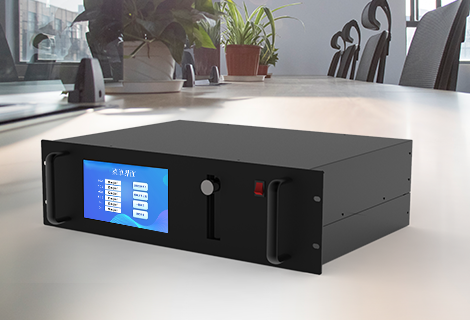Indoor air quality (IAQ) is a growing concern for many people, especially in densely populated urban areas. Poor IAQ has been linked to various health issues, including asthma, allergies, and even cancer. As people spend the majority of their time indoors, it is essential to monitor and manage IAQ effectively. One way to address this issue is by using gas sensors.
Gas sensors are devices that detect and measure the levels of various gases in the air. They come in different types and can monitor different substances, including carbon monoxide (CO), nitrogen dioxide (NO2), volatile organic compounds (VOCs), and particulate matter (PM). By continuously monitoring indoor air quality, gas sensors can provide real-time data on pollutants' concentration and alert users when it reaches hazardous levels.

Several factors affect IAQ, including outdoor pollution, building materials, ventilation systems, and activities performed indoors. These factors can contribute to the accumulation of airborne pollutants, leading to poor IAQ. Therefore, it is crucial to identify the source of pollutants and take appropriate measures to mitigate them.
Gas sensors can help identify poor IAQ sources by monitoring specific gases related to various sources. For instance, high CO levels may point to incomplete combustion from heaters or cooking appliances, while elevated VOC levels may indicate off-gassing from building materials such as paints and carpets. NO2 levels may indicate traffic pollution entering the indoor environment through open windows or poor ventilation systems.
The data collected by gas sensors can be analyzed to determine which pollutants are present and at what concentrations, allowing users to make informed decisions on how to reduce exposure. For example, if the NO2 readings are high, opening windows during peak traffic hours may not be advisable. If the VOC levels are elevated, increasing ventilation and avoiding the use of certain products may be necessary.
Having a reliable and accurate IAQ monitoring system in place can also benefit building owners and managers. For instance, it can help identify poorly functioning HVAC systems that can lead to energy waste and increased maintenance costs. IAQ monitoring can also provide valuable data to support green building certifications, such as Leadership in Energy and Environmental Design (LEED).
The recent advancements in IoT technology have made integrating gas sensors into building automation systems more accessible. Air quality data can now be automatically logged and analyzed, with alerts and notifications sent directly to building operators when readings exceed preset thresholds. This level of automation ensures that building occupants always breathe clean air without any intervention needed.
In conclusion, monitoring indoor air quality is critical for health and wellbeing. Gas sensors are an essential tool in achieving this goal, providing real-time data on pollutants that can help users identify sources and mitigate exposure. With the current trend towards smart buildings, we can expect gas sensors to continue playing a critical role in maintaining healthy and sustainable indoor environments.
 : +86 155 8830 2704
: +86 155 8830 2704 : jxdziot@gmail.com
: jxdziot@gmail.com
